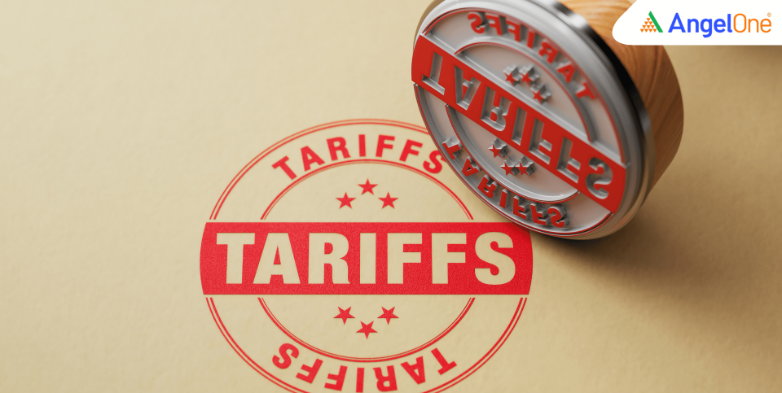
In a significant move that could hurt India’s exports, US President Donald Trump has doubled the tariff on Indian goods to 50%, making it the highest US tariff on any country globally. This comes just weeks before US trade negotiators are expected to arrive in India on August 25, 2025.
The White House stated that the additional 25% duty (on top of the earlier 25%) is part of the US response to the “national emergency” stemming from Russia’s actions in Ukraine. According to the US administration, India’s direct or indirect import of Russian oil justifies the increased duty.
The new tariff will take effect 21 days from the date of the order. However, goods already in transit to the US before the deadline will not be affected if they arrive before September 17, 2025. This window is seen as an opportunity for both sides to reopen trade negotiations.
The tariff hike puts India at a disadvantage compared to competitors like China (30%), Vietnam, and Pakistan (19%). While some critical sectors such as pharmaceuticals and electronics remain exempt, nearly 55% of India’s exports to the US are affected, according to the Federation of Indian Export Organisations (FIEO).
Exporters say they cannot absorb the additional cost, and many orders are already being cancelled. MSMEs and textile exporters are expected to suffer the most, with CITI Chairman Rakesh Mehra warning that the sector could lose significant market share.
India is the second-largest buyer of Russian oil after China. Despite this, the US has reduced tariffs on Chinese goods and avoided penalising its allies in Europe, who also continue to import from Russia. Experts believe Washington is avoiding confrontation with China due to its control over key minerals used in US defence and tech industries.
Read more: TCS to Give Salary Hikes to 80% of Employees Starting September 1.
With the US now imposing its highest tariffs on India, the pressure is mounting on Indian exporters and policymakers. As trade talks near, it is crucial for India to reassess its global trade strategy. Investors watching these developments should stay updated and consider using tools like a demat account to diversify portfolios and manage risk more effectively.
Disclaimer: This blog has been written exclusively for educational purposes. The securities mentioned are only examples and not recommendations. This does not constitute a personal recommendation/investment advice. It does not aim to influence any individual or entity to make investment decisions. Recipients should conduct their own research and assessments to form an independent opinion about investment decisions.
Published on: Aug 7, 2025, 12:33 PM IST

We're Live on WhatsApp! Join our channel for market insights & updates